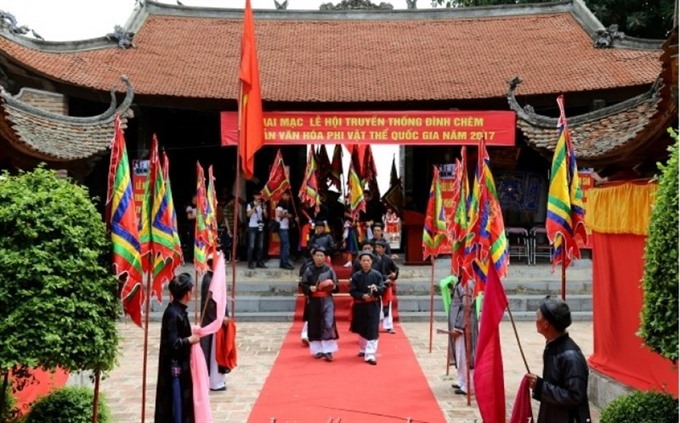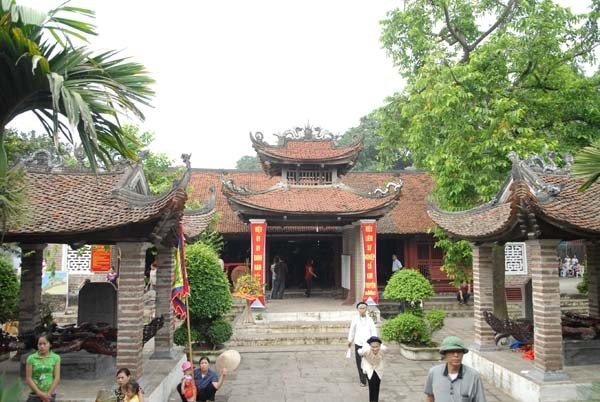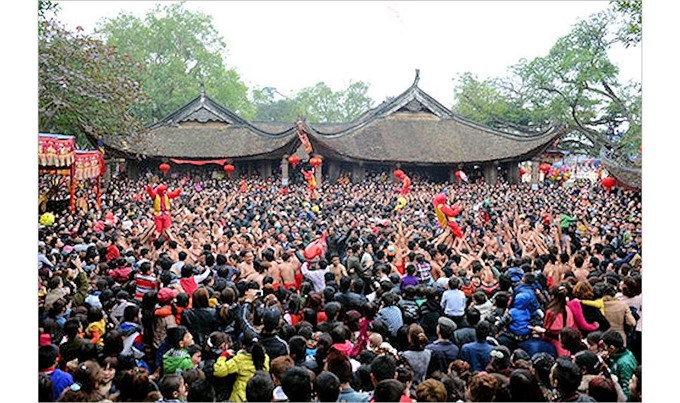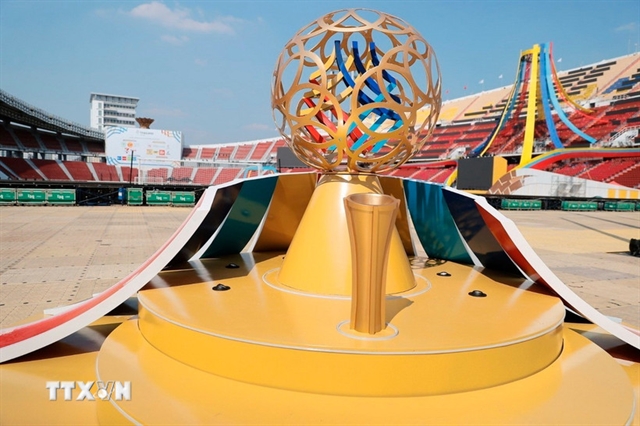 Life & Style
Life & Style

Chèm communal house on the western outskirts of Hà Nội is in serious need for preservation to protect its history and architecture.
 |
| All welcome: The festival gathers various beliefs including Taoism, Buddhism and Mother Goddess. Photo laodongthudo.vn |
HÀ NỘI — A communal house on the western outskirts of Hà Nội is in serious need for preservation to protect its history and architecture, deputy culture minister Trịnh Thị Thủy said.
She was speaking at a ceremony hosted by Bắc Từ Liêm District to name Chèm Communal House a Special National Relic Site.
“With its unique layout and history, the architecture cannot be found in other communal houses and temples in the region,” she added.
Chèm Communal House was built around 1,200 years ago, making it one of the oldest buildings in Việt Nam.
The house is dedicated to Thượng Đẳng Thiên Vương Lý Ông Trọng who served under King Hùng Duệ Vương (the last branch of the Hồng Bàng dynasty -- 408 to 258 BC), and An Dương Vương, who ruled over the kingdom of Âu Lạc (now Việt Nam) from 257 to 207 BC.
Stories of Trọng can be found in ancient books, including Lĩnh Nam Trích Quái (Selection of Strange Tales in Lĩnh Nam), Việt Điện U Linh (Collection of Stories on the Shady and Spiritual World of the Việt Realm) and Đại Việt Sử Ký Toàn Thư (Complete Annals of Đại Việt).
 |
| Ancient: Chèm Communal House was built around 1,200 years ago, which makes it one of the oldest buildings in Việt Nam. Photo kienviet.net |
The communal house has been a spiritual meeting place over the centuries on the banks of the Hồng (Red) River, and residents of Thụy Phương Commune now worship there.
According to Đỗ Mạnh Tuấn, chairman of the district People’s Committee, there are 135 relic sites in the area.
“Chèm Communal House has the most notable architecture and carvings,” he said.
“It features the most delicate carving skills within its design,” commented researcher Nguyễn Thanh Vũ from the culture ministry. “The communal house has been a valuable source for anyone who wants to study the history, culture and customs of the ancient land to the west of Thăng Long Citadel.”
The house is still home to 16 books written in the Han Chinese script, three royal decrees issued by Nguyễn kings, four ancient stone steles, 10 statues, dozens of horizontal lacquered boards and parallel sentences, two bronze bells and other valuable objects.
 |
| Pilgrimage: Thousands of people flock to the festival every year. Photo gocnhin.net |
There is also an incense burner that dates back thousands of years and bronze rain gutters made during King Lê Hiển Tông’s reign (1740-1786).
“I’ve instructed authorities to draft a plan to preserve the house,” said deputy culture minister Thủy. “The management board needs to install a fence around the site prevent neighbours from encroaching on it. It also needs to protect the ancient objects housed at the site and use financial contributions from individuals and agencies to repair the house.”
Run by community
The Chèm Communal House festival is among the most ancient customs in the capital, and is held in middle of the 5th lunar month.
The festival attracts various beliefs including Taoism, Buddhism and Mother Goddess.
“The festival should be managed by the local community, and local authorities should ensure security and safety for the event,” Thủy said. — VNS




